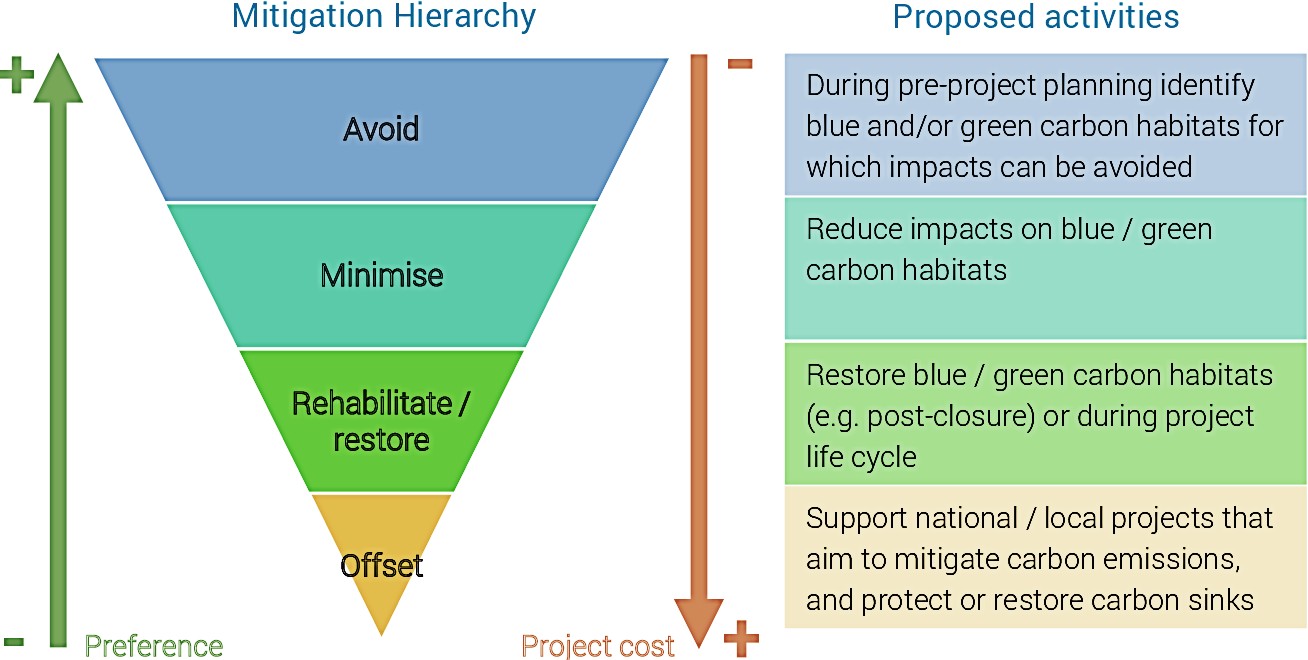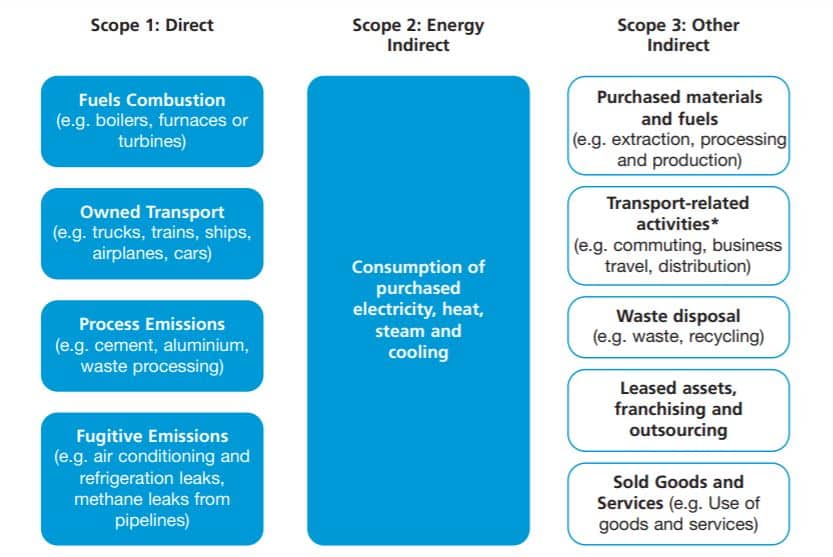How do carbon offset credits work? The billion dollar question, especially now that estimates say the carbon market will hit a $50 billion mark by 2030.
Carbon dioxide has the same effect on the climate no matter the place or the source of emissions. So, a tonne of carbon dioxide absorbed from the atmosphere in one part of the globe can be canceled out in another to neutralize it.
In other words, entities can compensate for their footprint’s impact by supporting projects that remove or reduce CO2 or its equivalent gas. These projects are then awarded with carbon offset credits in the process they call carbon offsetting.
We’ll talk about how exactly carbon offset credits work to guide you this 2023, their purpose, and how to buy them. For a beginner, let’s start from the top by explaining what carbon offset credits are.
What Are Carbon Offset Credits?
Carbon offset credits refer to measurable, verifiable emission reductions from climate action projects. These projects reduce, remove or avoid greenhouse gas (GHG) emissions. But they also do other things apart from abating carbon emissions.
Most climate-related projects also bring many other positive benefits such as restoring or protecting ecosystems and empowering local communities. Let alone reducing, if not stopping, reliance on fossil fuels.
But to ensure that the credits are of high quality, projects must meet a rigorous set of criteria to pass verification by 3rd-party agencies and leading carbon standards like Verra and Gold Standard.
- Theoretically speaking, 1 offset credit stands for 1 tonne of CO2 reduced or removed.
After a company or an individual buys the carbon offset credit, it is permanently retired so it can’t be reused.
Though carbon offset credits also trade in the compliance carbon market (cap-and-trade schemes), they’re more prevalent in the voluntary carbon market (VCM). That’s because many other companies outside the heavy emitting sectors seek to offset their emissions voluntarily. Credits circulating in the VCM are popularly known as carbon offsets.
So why create carbon offsets in the first place?
What Is The Purpose Of Carbon Offset Credits?
The end goal of carbon offset credits is to reduce or prevent the release of planet-warming GHG into the atmosphere.
As mentioned, a carbon credit represents the right to emit one ton of CO2 or its equivalent gas. According to the Environmental Defense Fund, that is equal to about 2,400-mile drive in terms of CO2 footprint.
Since carbon dioxide is the principal GHG, people speak simply of trading in carbon. But other gasses are also measured in reduction claims such as methane and nitrous oxide.
Under the compliance market, emitters are given a certain number of carbon credits (cap) that they can trade to help neutralize or offset global emissions (trade). Carbon credits in this market refer to certified emissions reductions or CER that follow a regulatory framework. These credits are issued and regulated by the government.
If regulated entities emit more than their limits, they should buy the credits from others to comply with the required level. If they have an excess as they emit less than their cap, they can sell those credits to others who are short of them.
-
The major purpose of the scheme is to reduce the number of credits over time to incentivize emitters to look for ways to cut their footprint.
In the VCM, things work differently but they all add up to the same intention. Market players don’t have to follow any limits but can decide how much emissions to offset by buying carbon credits. And same with mandated businesses, voluntary firms want to neutralize their footprint.
Carbon offsets in the VCM are called voluntary emissions reductions or VER. They are independent and don’t need to follow government regulations.
As a beginner in this space, you are perhaps thinking how carbon offset credits work. Maybe you’re wondering how carbon credits are calculated or if you can make money from carbon offsets. The good news is you can.
Simply go over this guide on how you can make money producing and selling carbon offsets.
How Do Carbon Offset Credits Work for Beginners
If you’re a company owner, can you buy your way out of climate trouble with carbon offset credits? Yes and no. How is that so?
Under the climate mitigation hierarchy, buying carbon offsets is the last option. It means companies should not use carbon credits as an excuse to put off reducing emissions in business operations.
But that doesn’t mean that carbon offsetting is useless and that it doesn’t work. The opposite is true…
Sales from carbon offset credits help channel money to the right projects that protect carbon sinks.
In fact, many industry experts encourage companies to not just slash their own carbon emissions but also invest in actions outside of their value chain.
Moving the dial on climate change is critical to achieving global net zero emissions. And one key option in the dial is carbon offset credits.
They provide a great way for businesses to fund climate actions such as protecting natural carbon sinks. Carbon credits are also crucial in scaling up carbon removal technologies which climate scientists consider elemental in keeping global warming from rising.
More importantly, carbon offset credits work by ensuring that firms are putting a price on the impact their operations have on the environment.
Best of all, offsetting hard-to-abate emissions through carbon credits attract funding to projects that effectively reduce emissions.
Businesses should regularly assess their emissions and include them in sustainability reports. Reporting emissions is compulsory in many countries.
In the United States, firms that emit 25,000 or more metric tons of CO2 must report those emissions to the EPA yearly.
The reporting threshold is lower in California – 10,000 metric tons.
If you think investing in carbon offset credits is worth every dollar, the next thing you should know is how to purchase them.
How to Purchase Carbon Offset Credits?
Obviously, you would be asking how much a single carbon credit is worth. The actual price depends on some things like the type of project and where its location.
But in general, carbon offset credits cost around $3 to $5 per ton of CO2. This carbon price, however, will rise dramatically in the next decade. Thanks to stronger climate policies and better standardization in the market.
Again, you can do carbon offsetting voluntarily or to comply with certain regulations.
There are various ways on how to purchase carbon offset credits…
One way to do that is to ask for a broker’s help, for a fee, of course. The broker often has the knowledge about the different projects to support with the credits you’re going to pay.
Brokers charge a fee based on your emissions level. They will then invest a portion of your payment in a certain carbon reduction or removal project like reforestation.
You then get a certificate or some type of proof showing that you have bought the offset credit. You can then use it for compliance purposes or for any other intention.
Still confused about how carbon offset credits work and how to buy them?
Here are the main steps you can follow for successful carbon offsetting:
Step #1. Calculate your carbon emissions
For an individual, this will be easier. You have to get all the data from your household and individual carbon-emitting activities.
For a company, it tends to be more difficult as there is a lot of information and data to collect to get the total emissions. The more complex the structure of your organization, the harder it is to identify who or what are the sources of emissions.
Usually, doing it involves identifying three different sources of emissions – Scopes 1, 2, and 3.
Scope 1 refers to direct emissions from sources the company owns or controls while Scope 2 is the indirect emissions from electricity, steam, heating, and cooling resources the company buys. Scope 3 are other indirect emissions that come from the company’s value chain.
The following diagram shows the common types of emissions sources under each scope.
For a more detailed explanation on calculating emissions, check out this complete guide here.
Step #2 . Cut emissions where possible
After you get your total emissions, you can then use it to work on your sustainability or decarbonization strategy.
The Science Based Target initiative (SBTi) provides guidelines for companies on how to reduce emissions. The organization’s Net Zero Standard aligns with the goals of the Paris Agreement.
You can also achieve carbon reductions in smaller ways through your individual actions. For example, you can switch to greener transportation or go for a more sustainable diet.
Step #3 . Offset unavoidable emissions
Any emissions that your company can’t reduce can be offset by investing in carbon reduction projects. But take note that a project must be certified to issue carbon offset credits.
- The top carbon certifying bodies are Verra, Climate Action Reserve, Gold Standard, Plan Vivo, and American Carbon Registry.
Verifying that a project meets criteria is important. It needs to show that its carbon reductions are real, additional, measurable, and permanent. Only by meeting these criteria that the carbon credits the project generates is of high quality.
Once you have purchased the correct carbon offset credits, you must be transparent about it to your stakeholders. They should be aware of your offsetting strategy and which projects benefit from your credit.
Transparency is crucial to avoid greenwashing accusations. Greenwashing is a marketing ploy used to convince people that a firm’s products, goals or policies are eco-friendly.
So, you must show that buying carbon offset credits works for you and it’s good for your business. And it’s the last option you have to deal with the pollution you emit.
Buy Carbon Offset Credits
Offsetting your emissions is obviously not a last-resort mindset. While carbon offsetting and buying carbon offset credits is not that hard, you should know how to do it and where to start.
Not to mention that there are plenty of carbon credit marketplaces available online to begin your search.
But if you want to ensure that each dollar you invest in a carbon reduction or removal project counts, get ready to know the details. You can start by knowing who issues carbon credits and work your way from there.
You may also learn which carbon credits are best to buy to offset your footprint.



